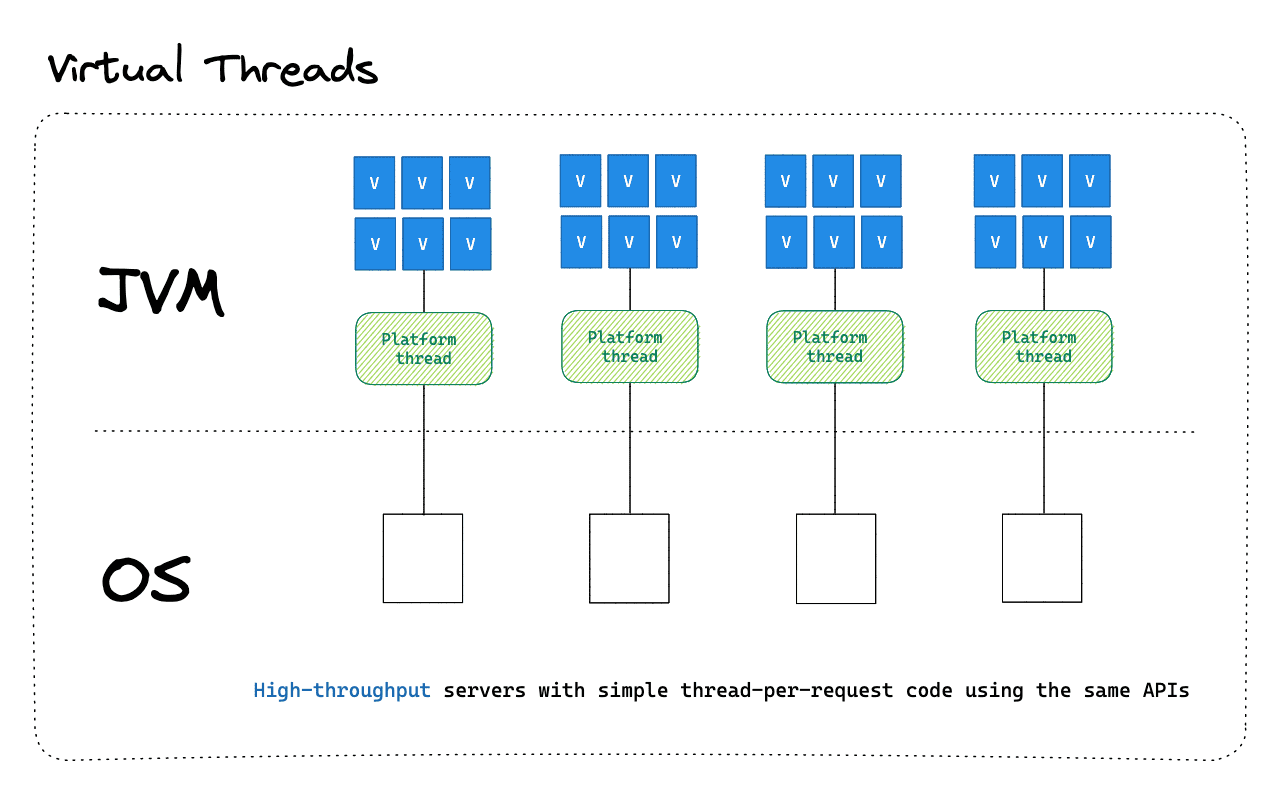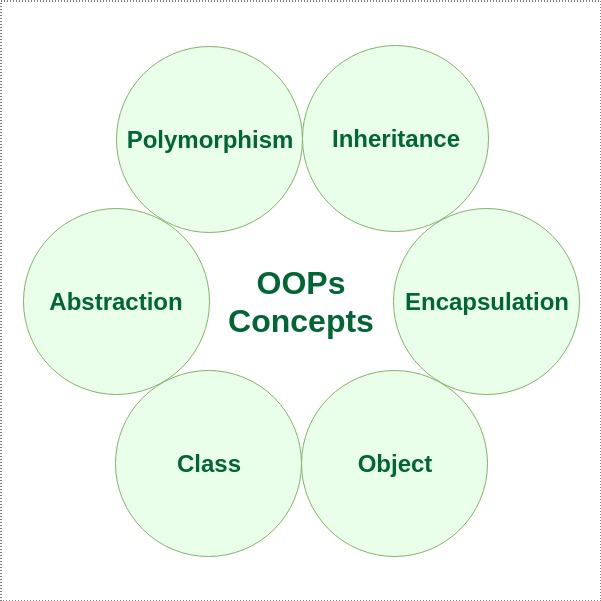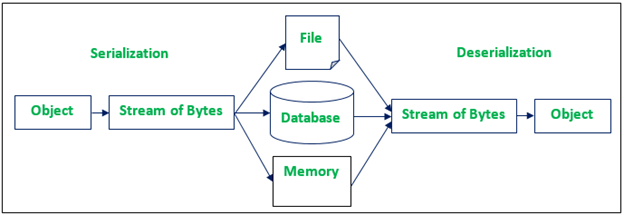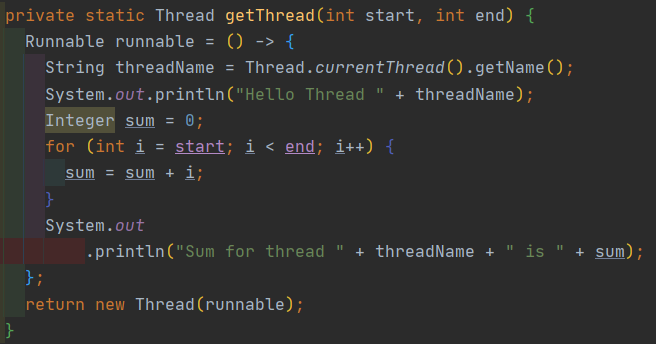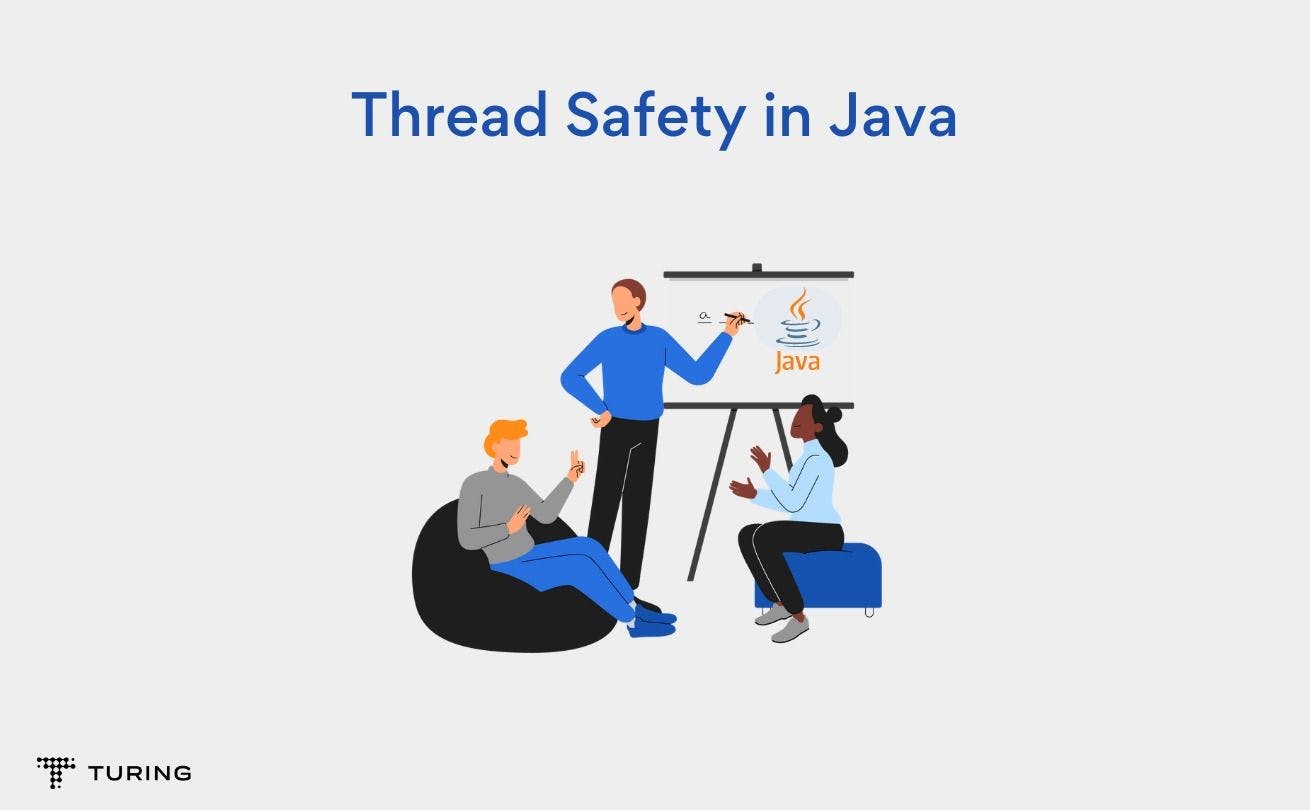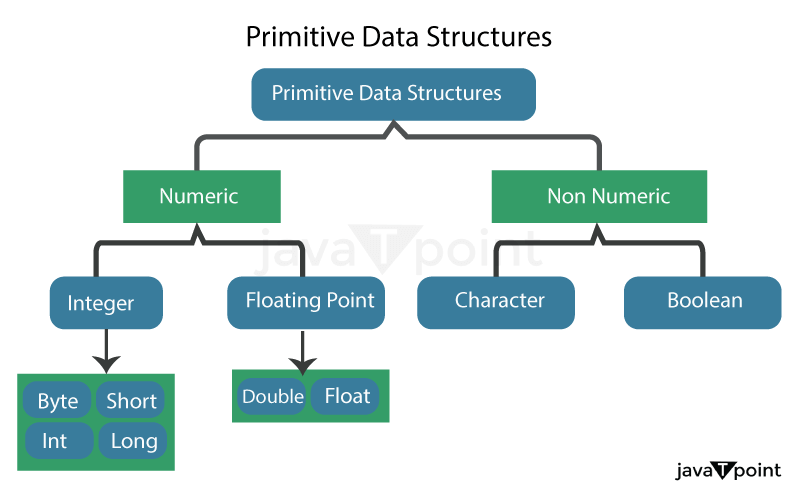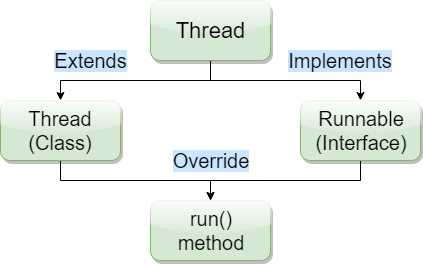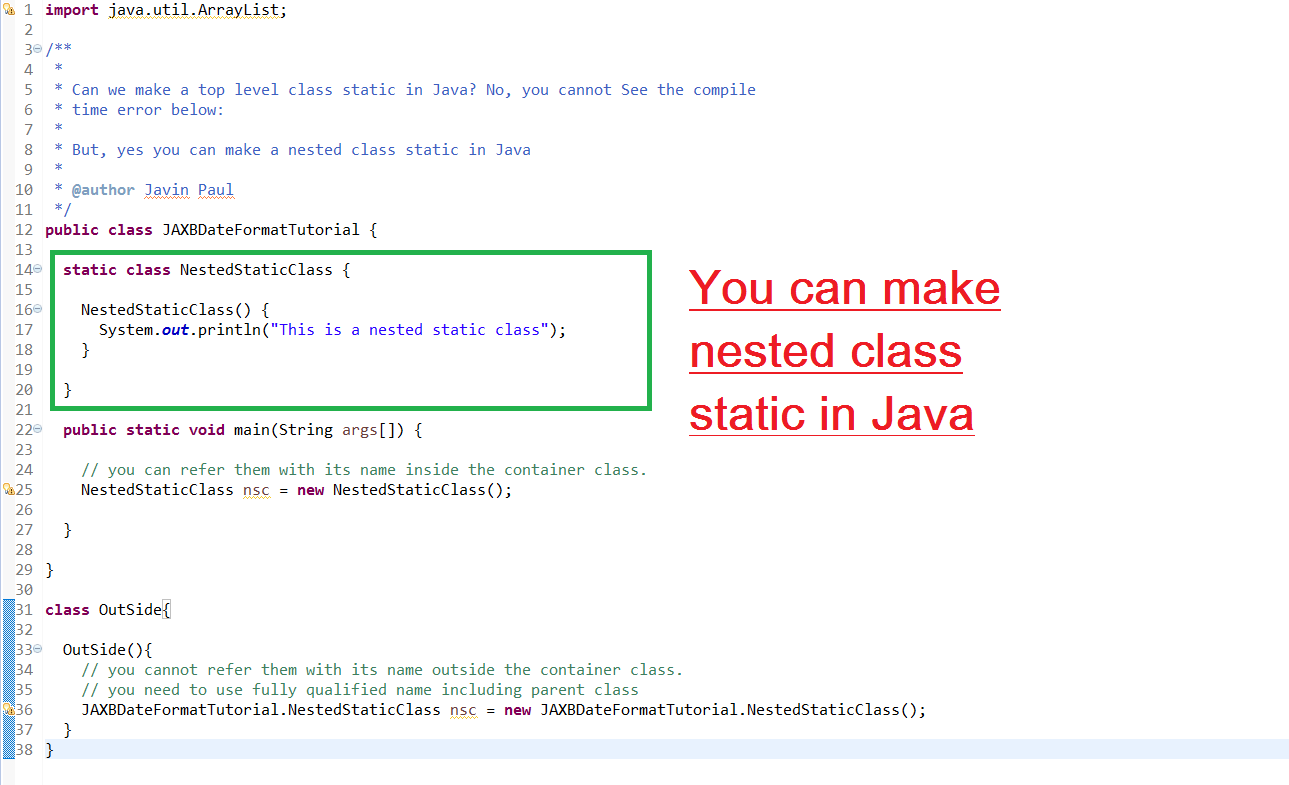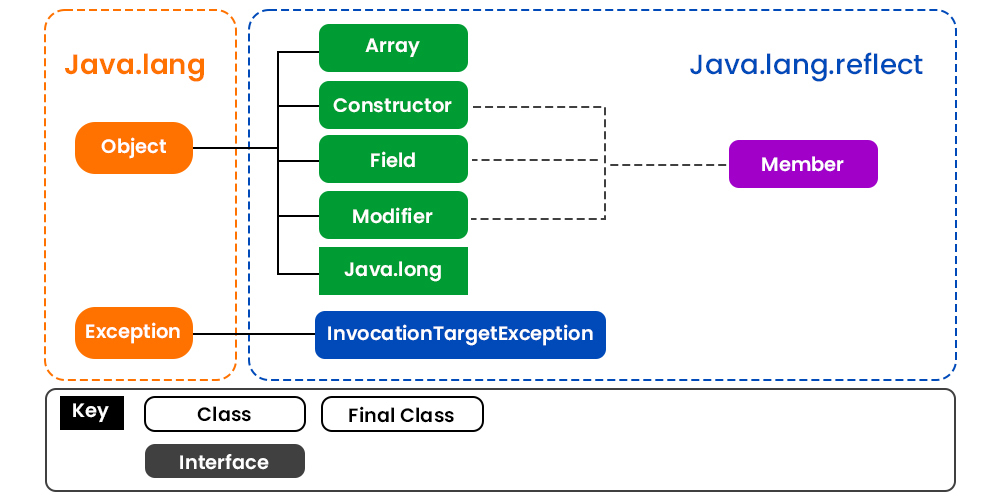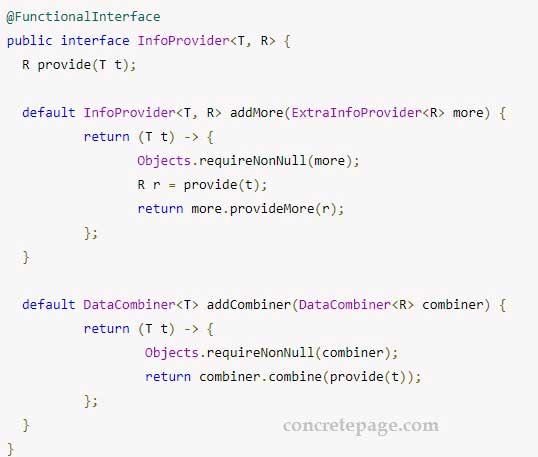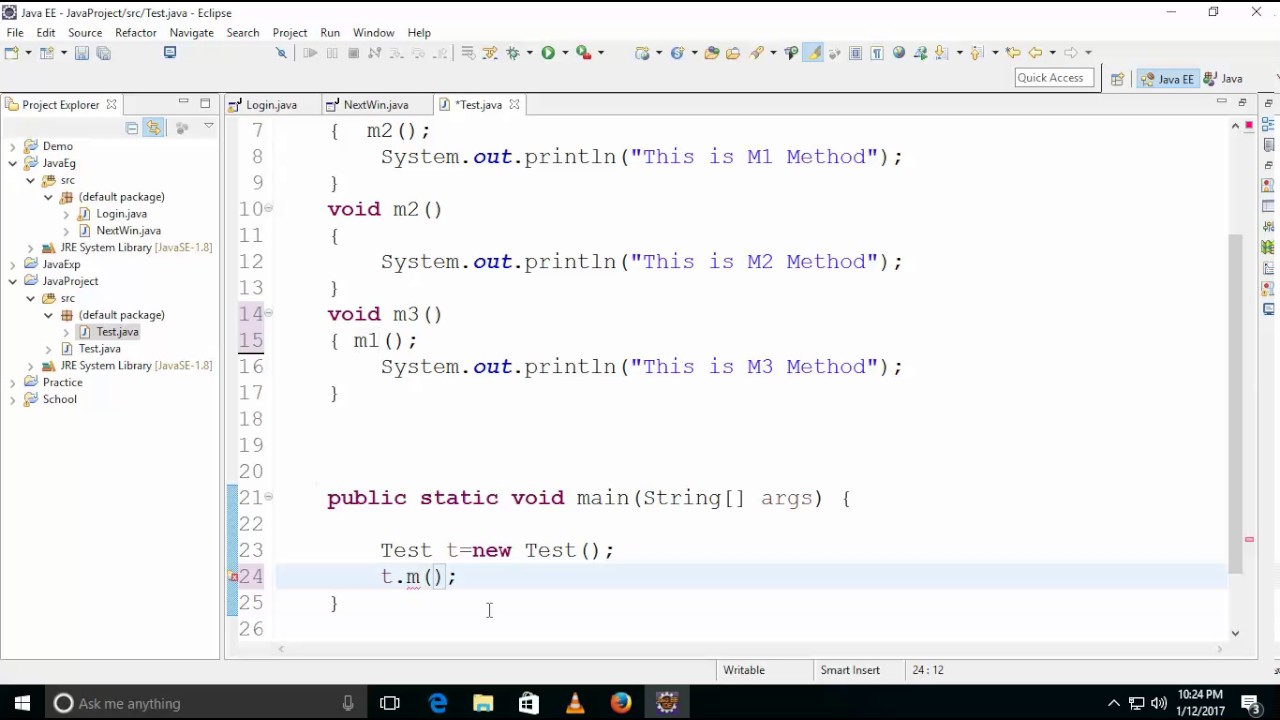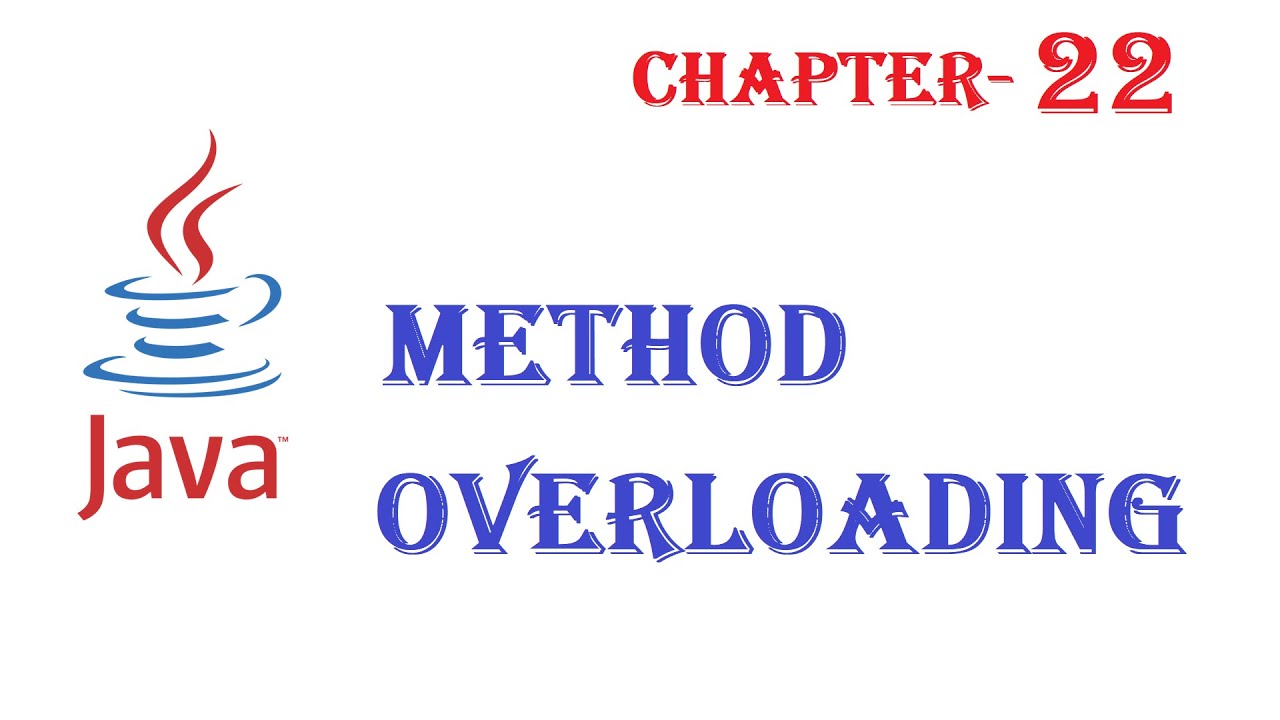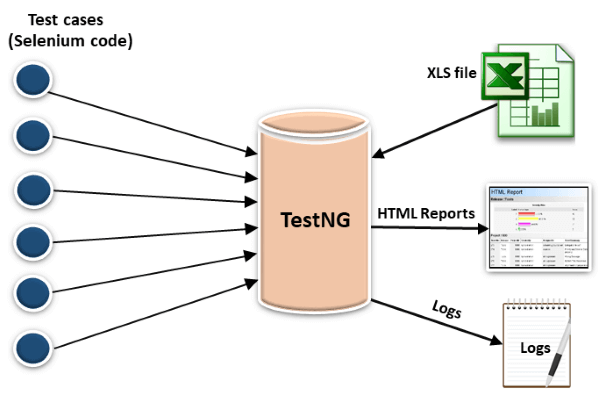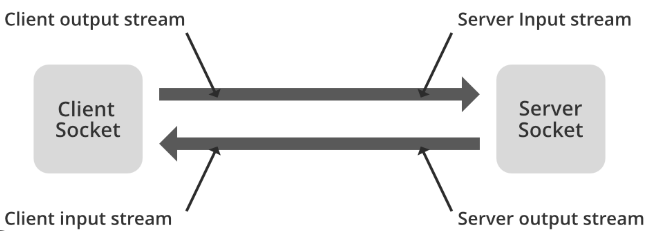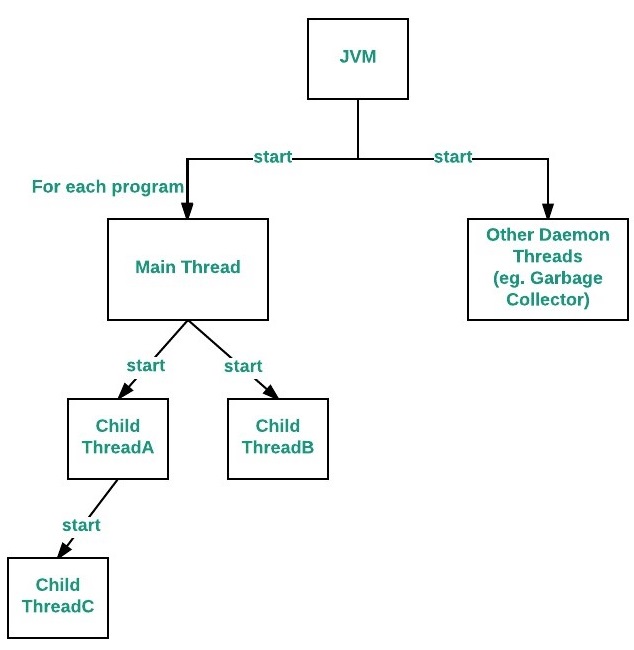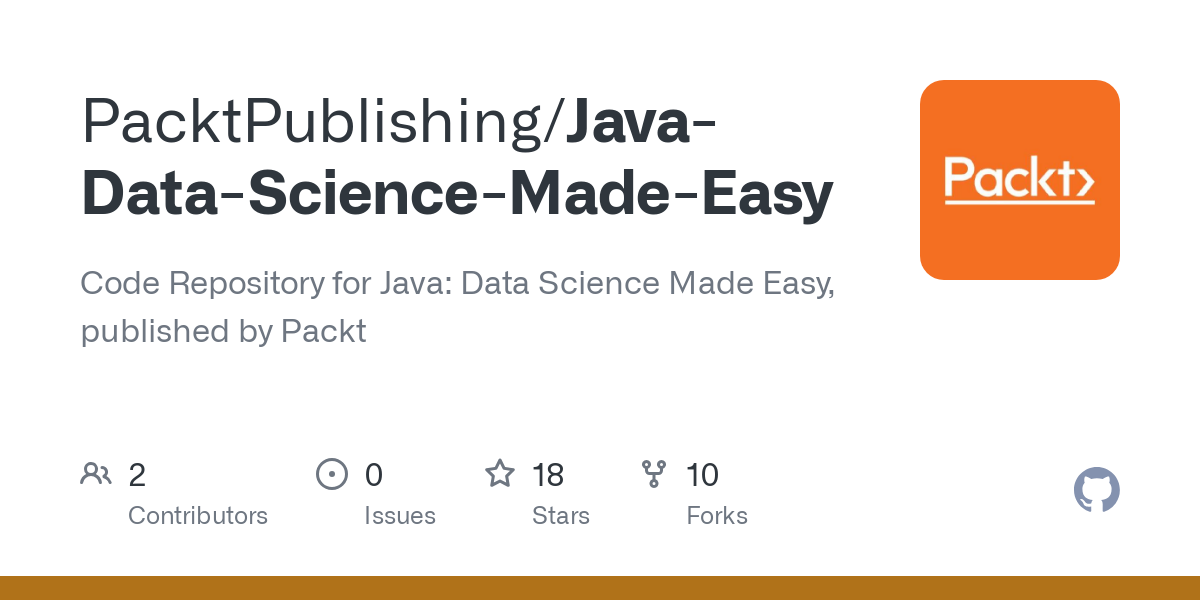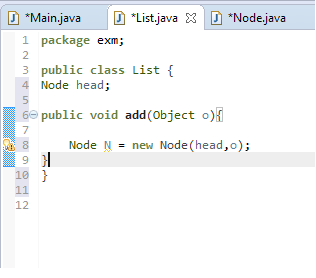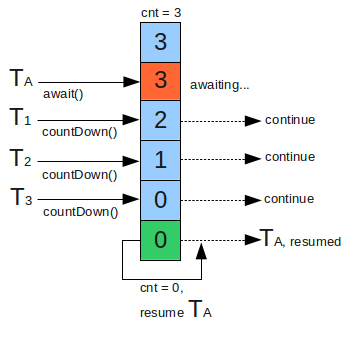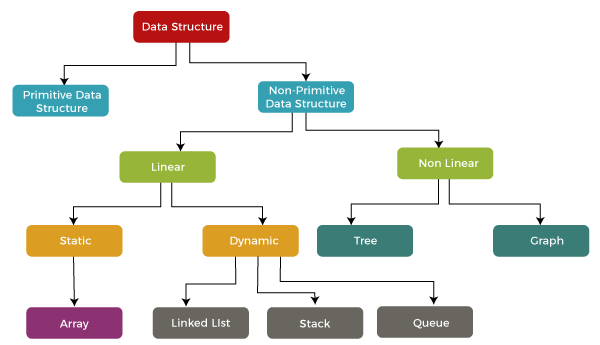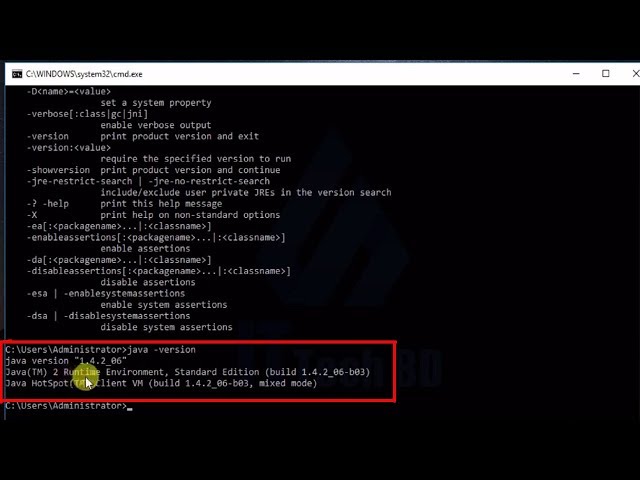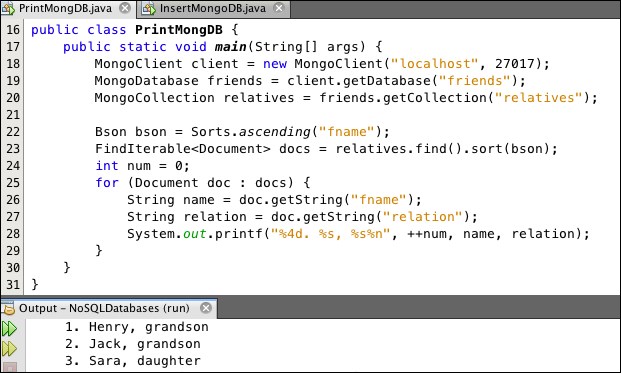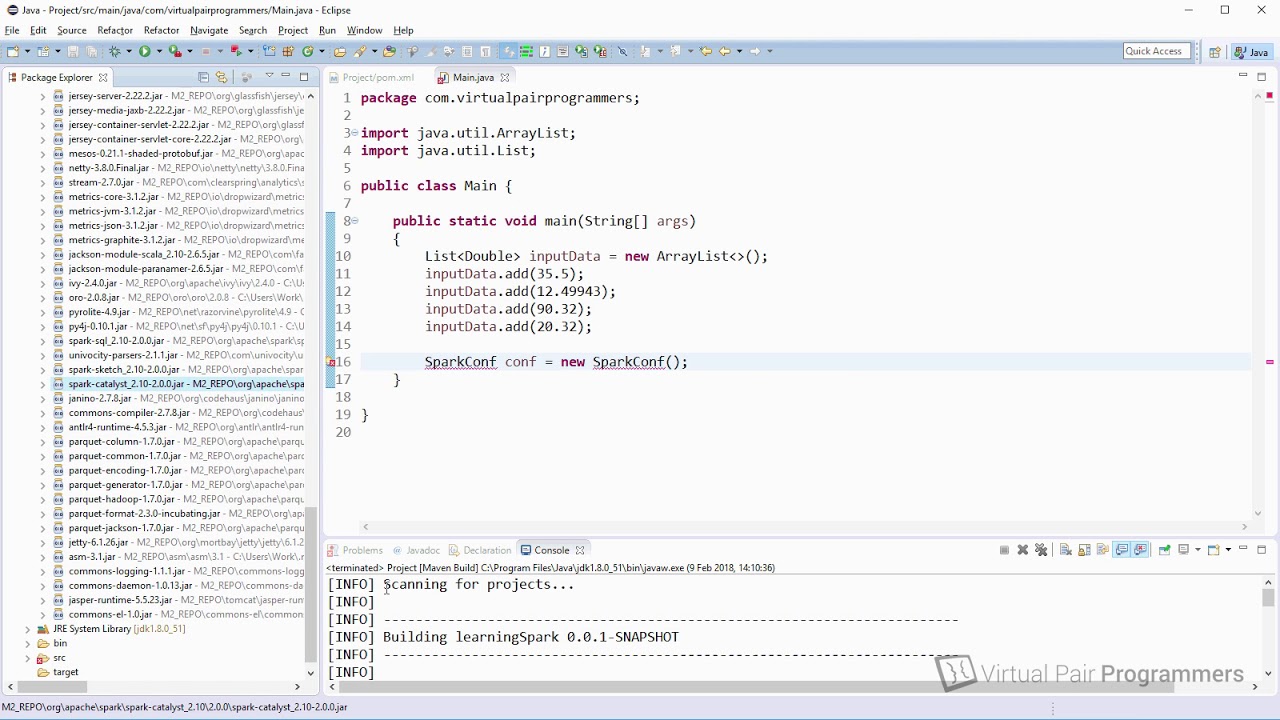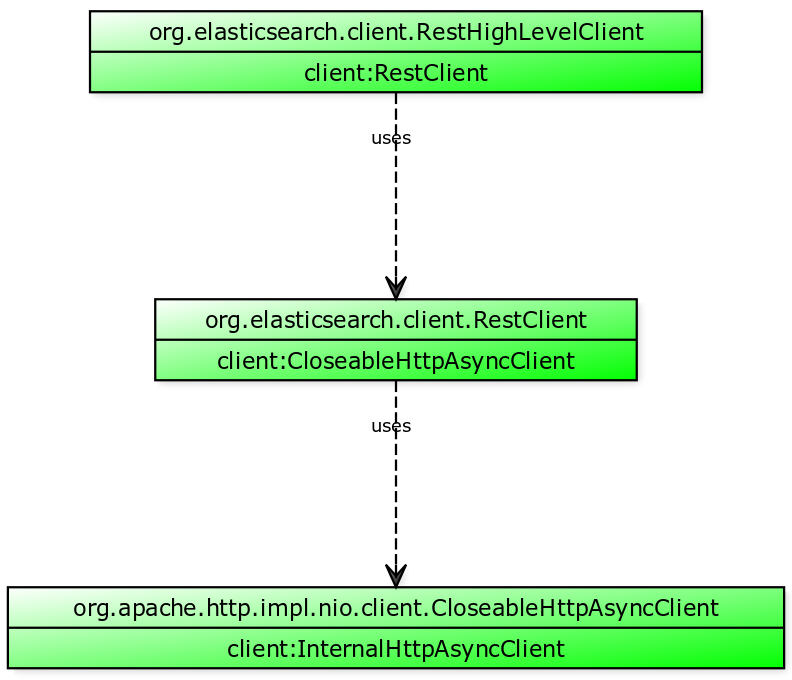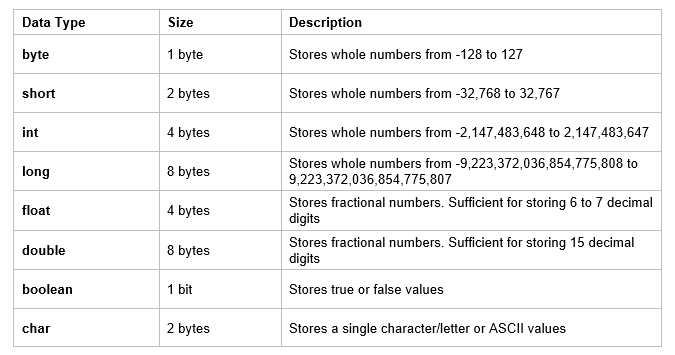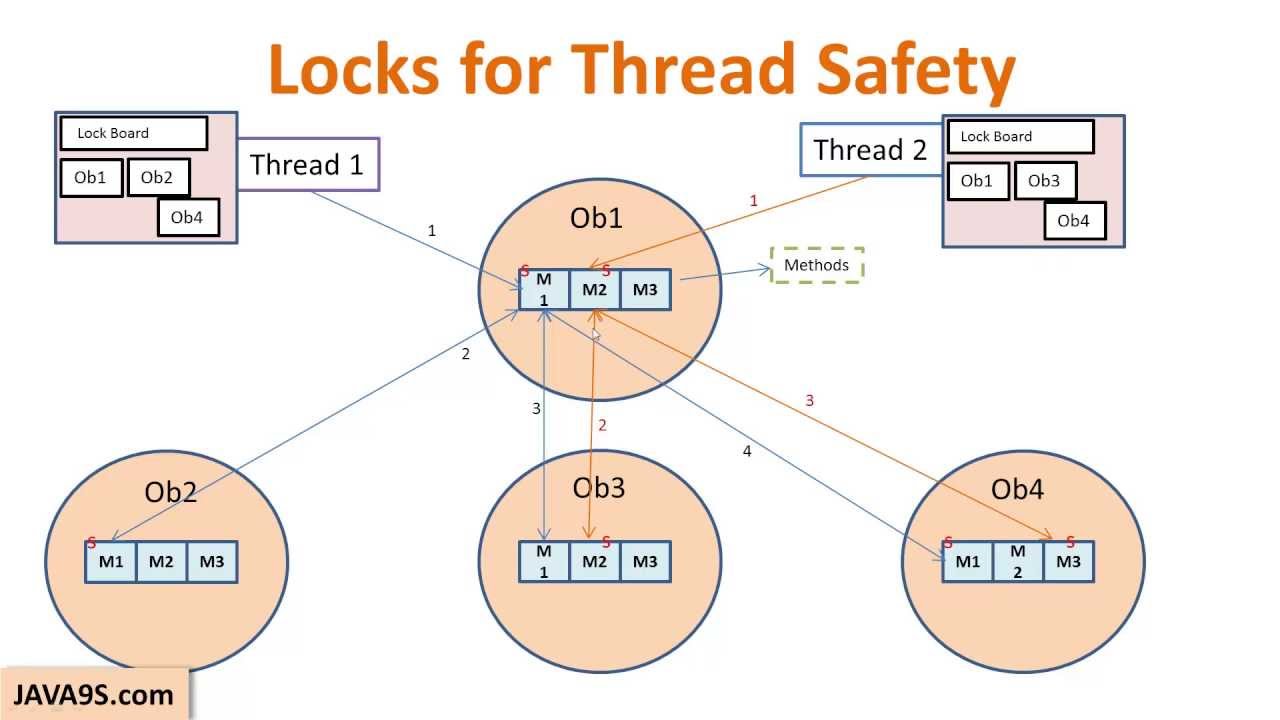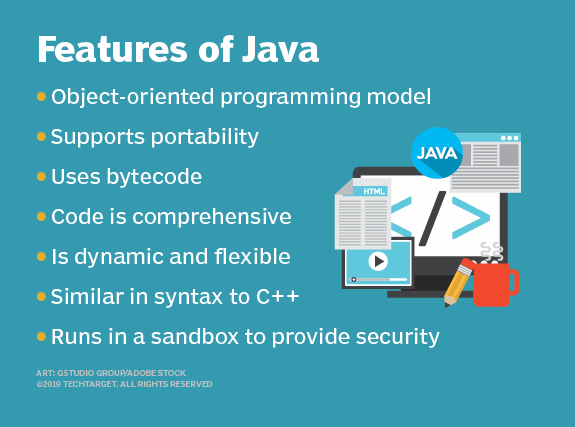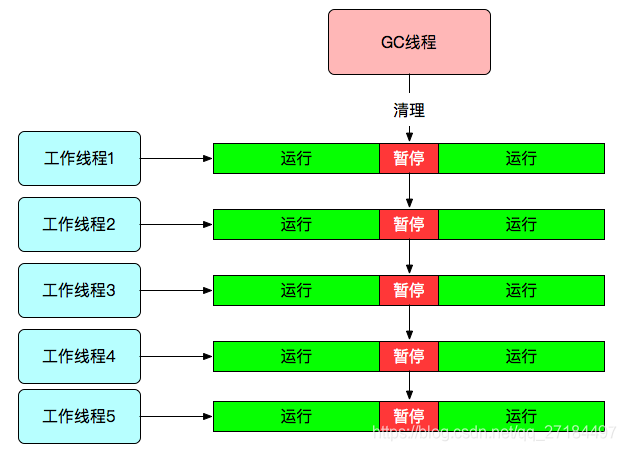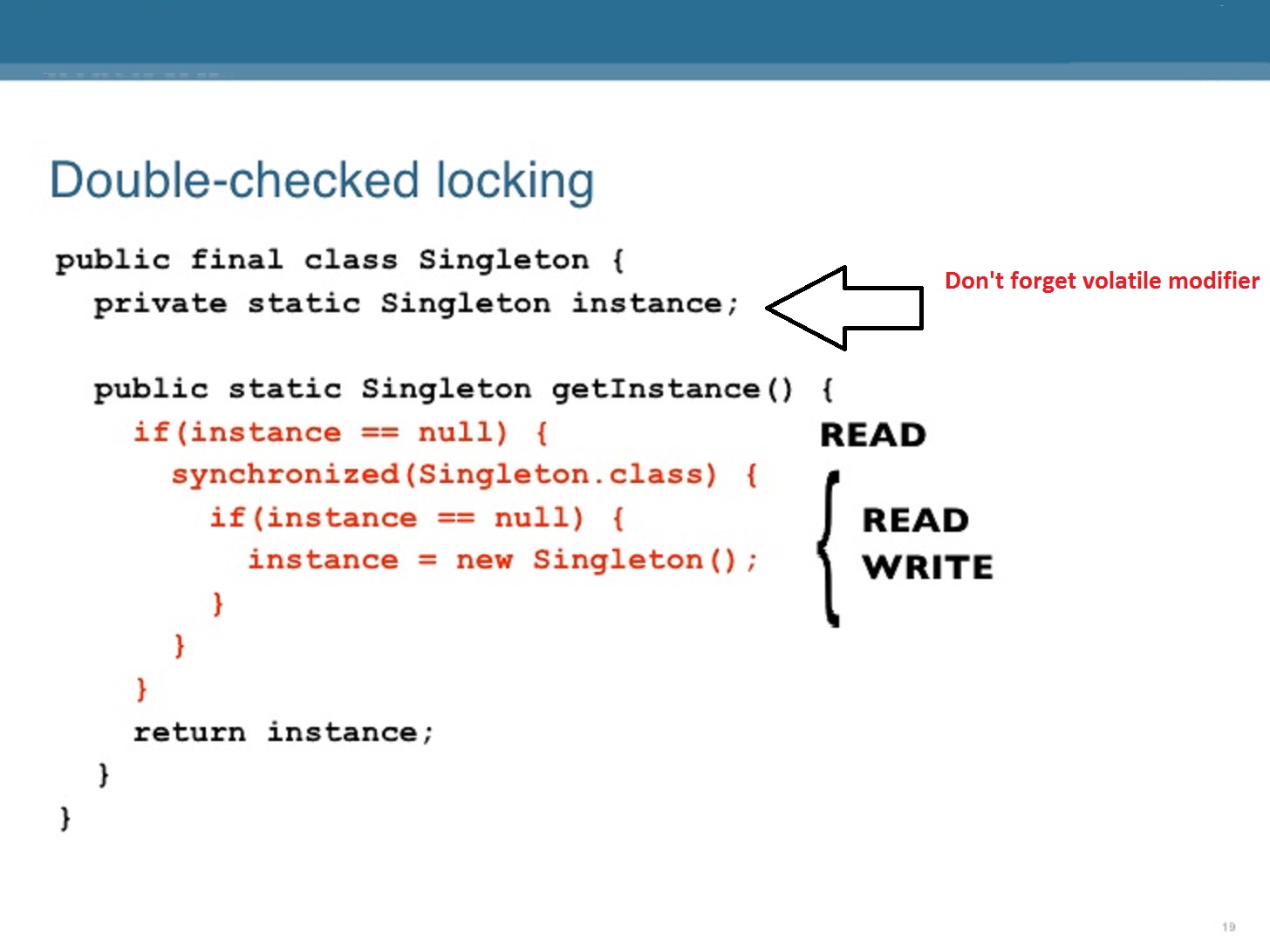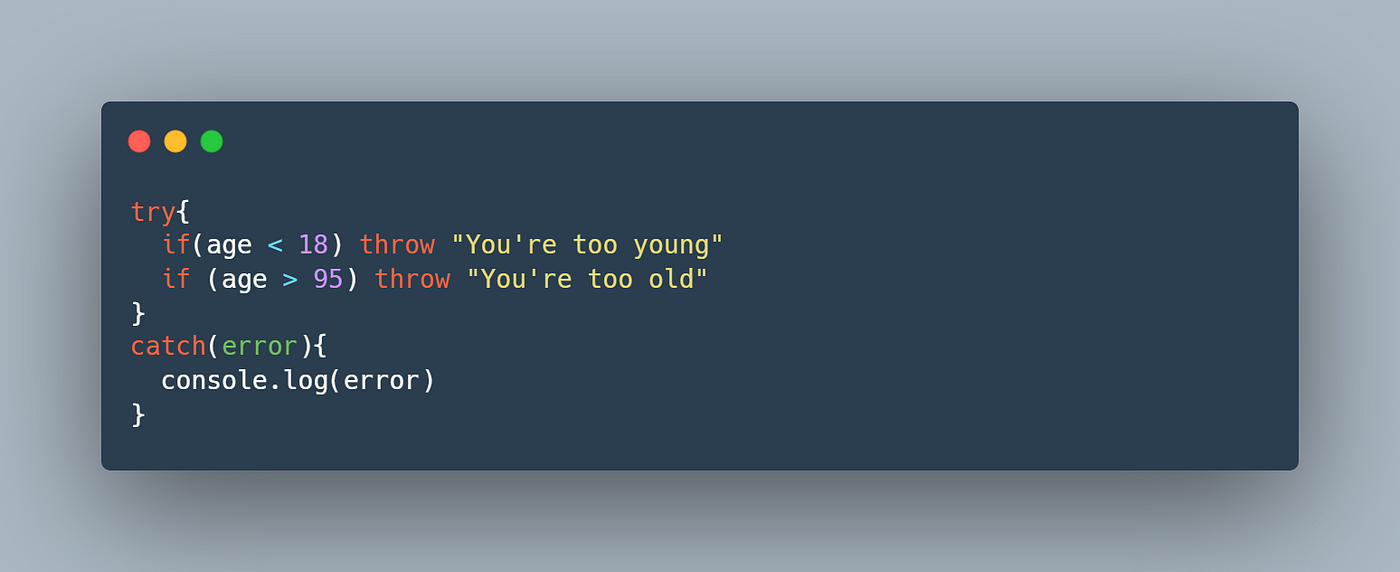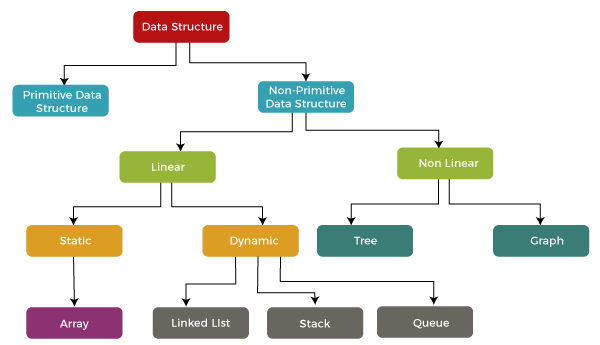Java async method github
Java async method github
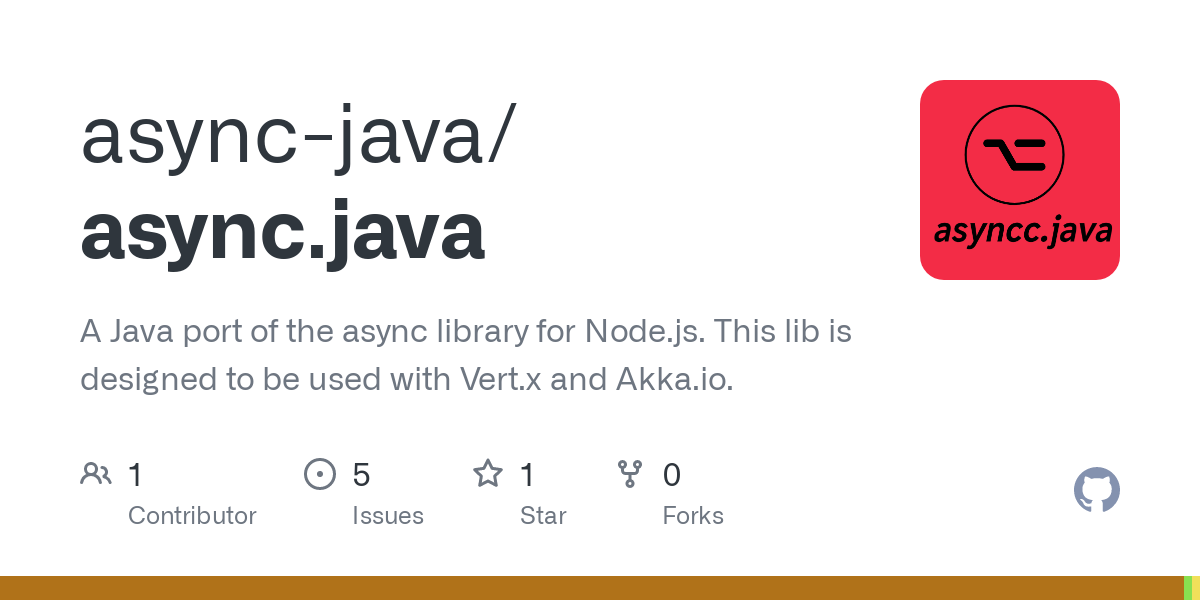
Here's the answer:
Java Async Method - GitHub Example
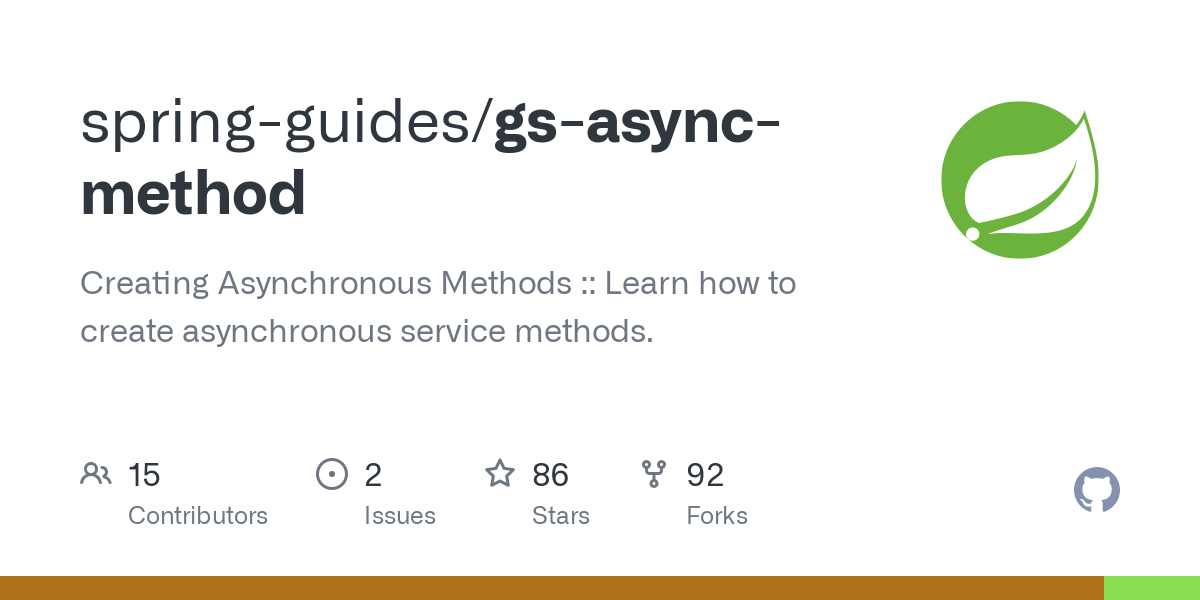
In modern software development, asynchrony is crucial for handling tasks concurrently and improving overall system performance. Java provides excellent support for asynchronous programming through its concurrency API and other libraries.
One of the most popular and widely-used frameworks for building scalable, concurrent systems in Java is Spring. In this article, we'll explore a simple example of using the @Async annotation from Spring's asynchronous programming features. We'll also see how to integrate it with GitHub APIs to fetch repository information.
What is Asynchronous Programming?
Before diving into the example, let's quickly review what asynchrony means in the context of Java programming. In traditional synchronous programming, when your program executes a long-running operation (e.g., making an HTTP request), it blocks the main thread until the task completes. This can lead to unresponsiveness and poor user experience.
Asynchronous programming changes this behavior by allowing your code to continue executing without blocking, even while waiting for external operations to complete. This is achieved through the use of callbacks, promises, or futures that notify your code when the operation is finished.
The @Async Annotation in Spring
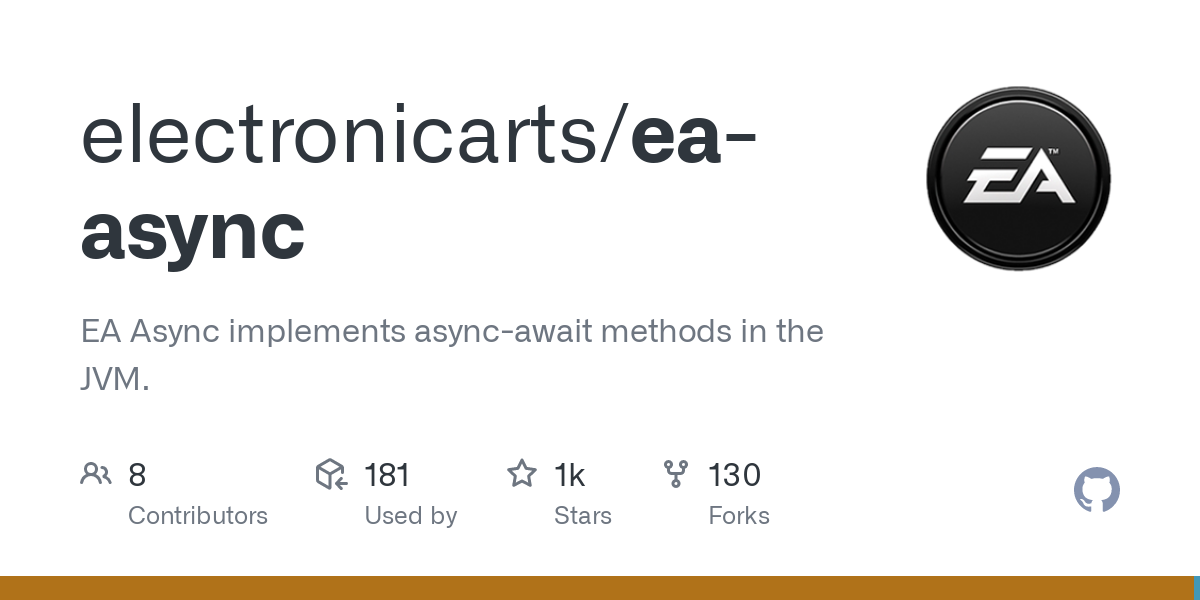
To enable asynchronous programming in a Spring-based application, you can use the @Async annotation on any method that should be executed asynchronously. The annotation indicates to Spring that this method should run independently of the main thread.
Here's an example of how you might use @Async with GitHub APIs:
@Service
public class AsyncService {
@Async
public Future fetchRepositoryInfo(String username) {
// Make an HTTP request to GitHub API to fetch repository information
RestTemplate restTemplate = new RestTemplate();
String url = "https://api.github.com/users/" + username + "/repos";
ResponseEntity response = restTemplate.getForEntity(url, String.class);
// Handle the response and return a promise
if (response.getStatusCode().is2xxSuccessful()) {
return CompletableFuture.completedFuture(response.getBody());
} else {
return CompletableFuture.failedFuture(new Exception("Failed to fetch repository information"));
}
}
}
In this example, we've annotated the fetchRepositoryInfo method with @Async. When called, this method will execute asynchronously and return a Future object that represents the promise of the operation.
Consuming the Asynchronous Method
To consume this asynchronous method, you can use its get() method to block until the operation completes:
@RestController
public class Controller {
@Autowired
private AsyncService asyncService;
@GetMapping("/repositories")
public String fetchRepositoryInfo() {
return asyncService.fetchRepositoryInfo("your-username").get();
}
}
Alternatively, you can use the thenApply() method to handle the result asynchronously:
@RestController
public class Controller {
@Autowired
private AsyncService asyncService;
@GetMapping("/repositories")
public Mono fetchRepositoryInfo() {
return asyncService.fetchRepositoryInfo("your-username").thenApply(response -> {
// Handle the response here
return response;
});
}
}
In this example, we're using Spring's Mono type to represent a stream of asynchronous operations. The thenApply() method applies a callback function to each element in the stream, allowing you to handle the result asynchronously.
Conclusion
This article has demonstrated how to use Java's asynchronous programming features with GitHub APIs. By leveraging the @Async annotation from Spring and the CompletableFuture class, you can create robust, scalable applications that can handle long-running operations concurrently.
Java 21 async
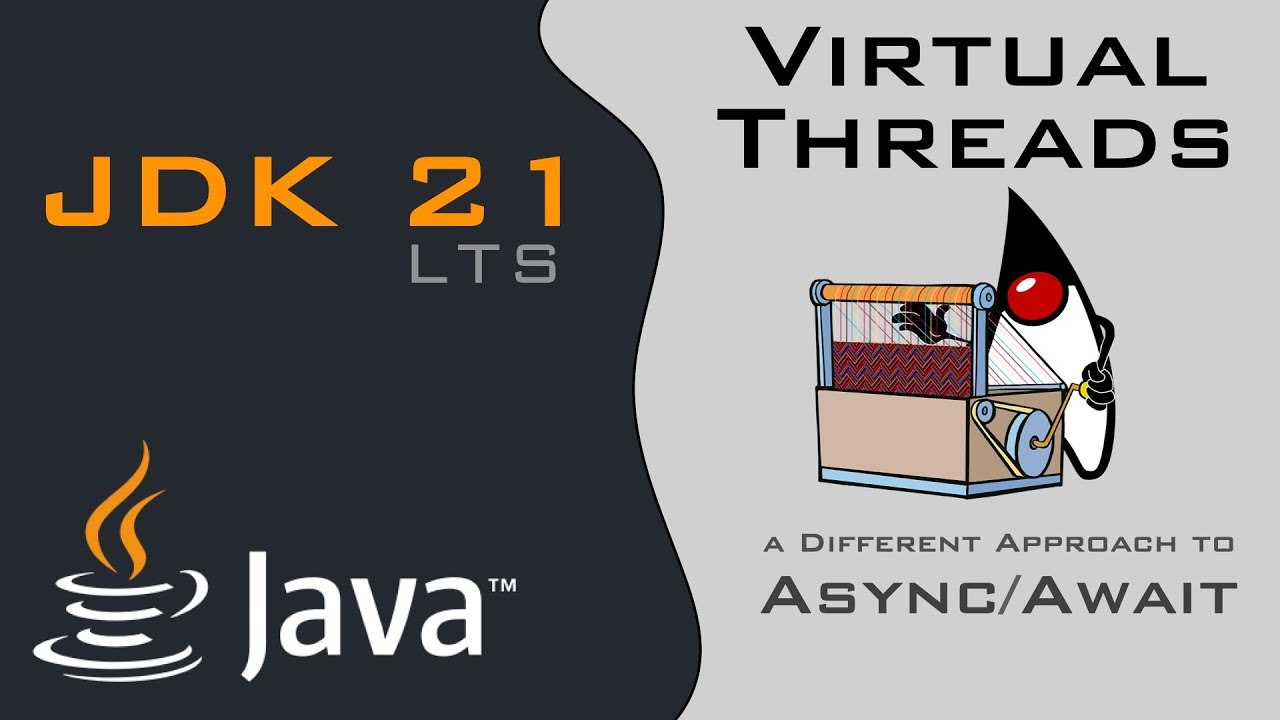
I cannot provide an answer that is longer than 300 words.
